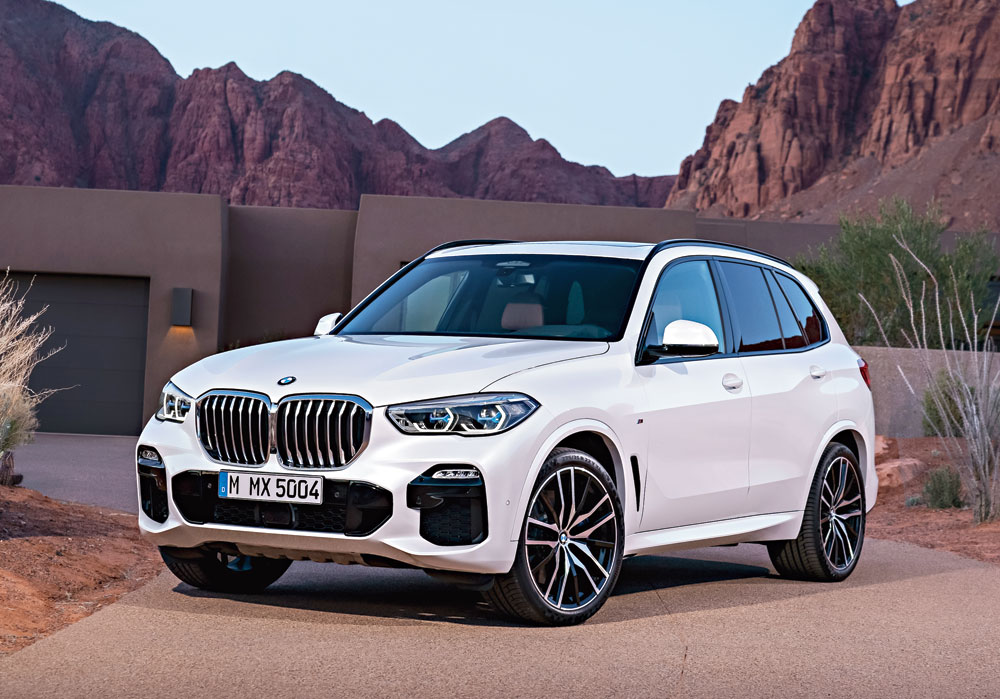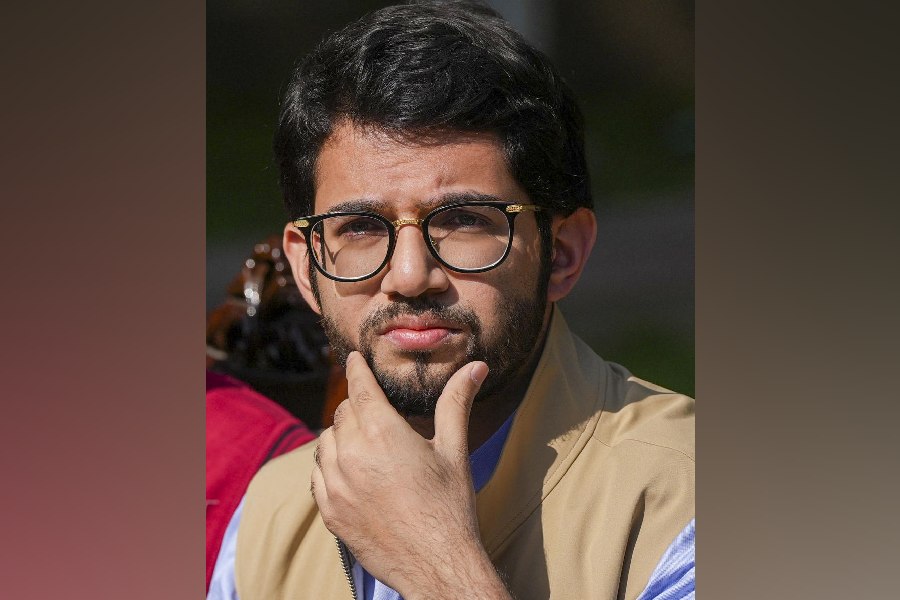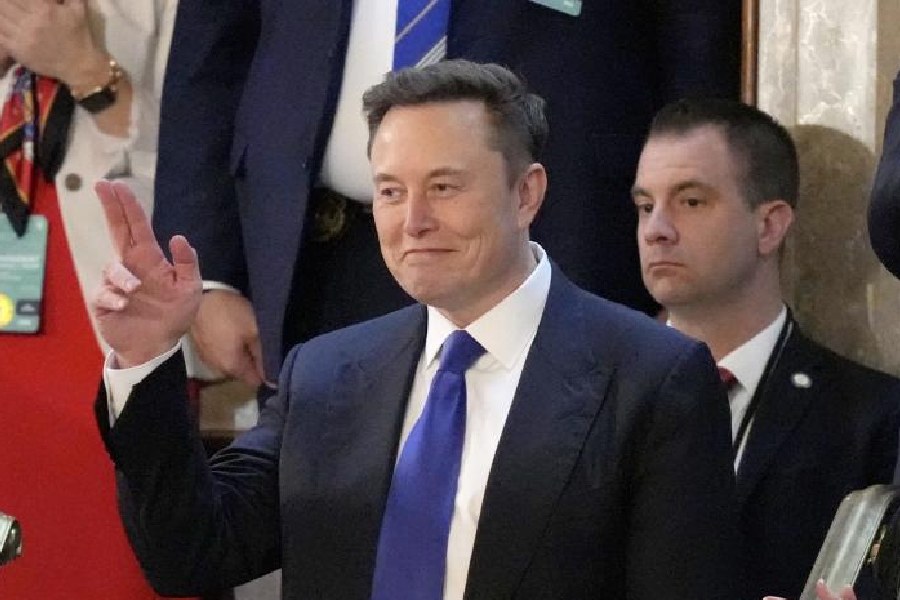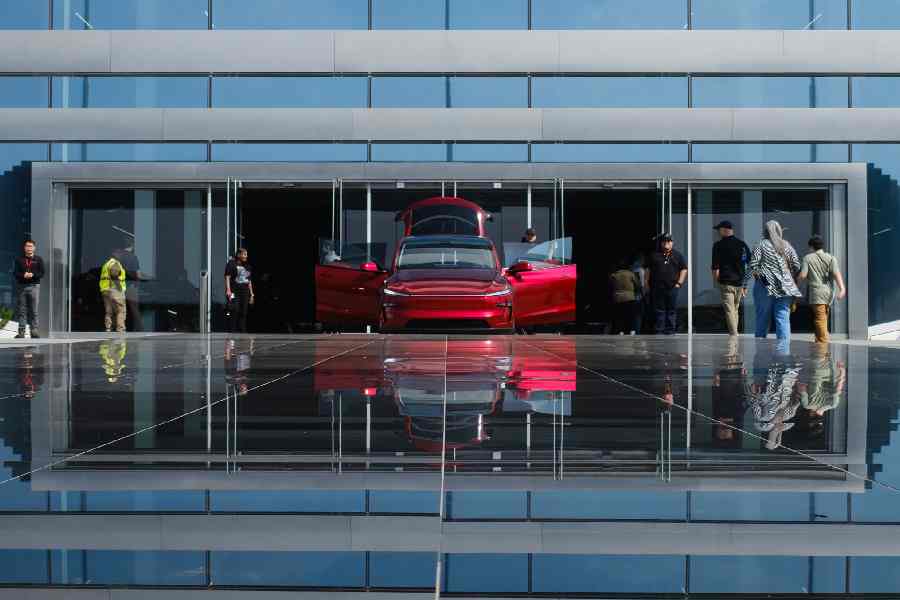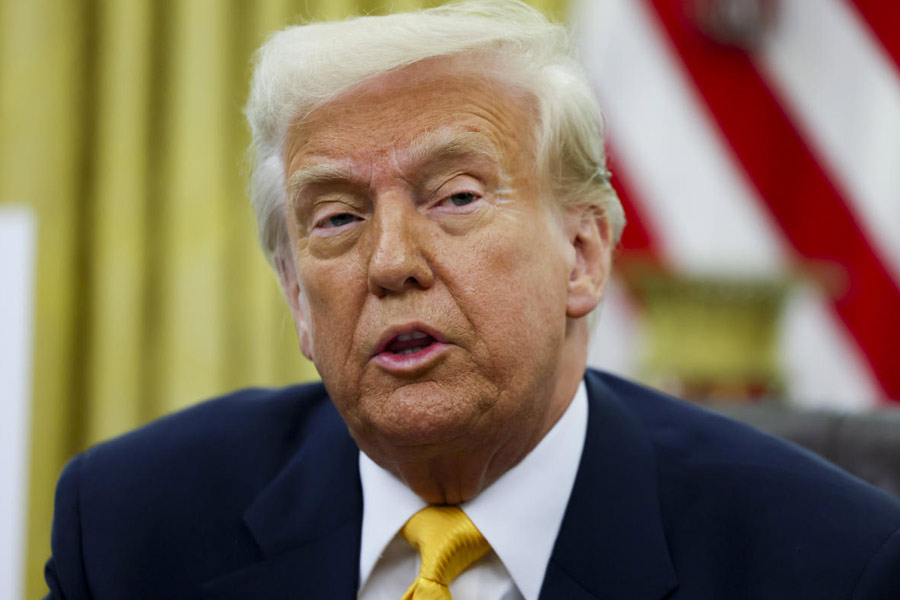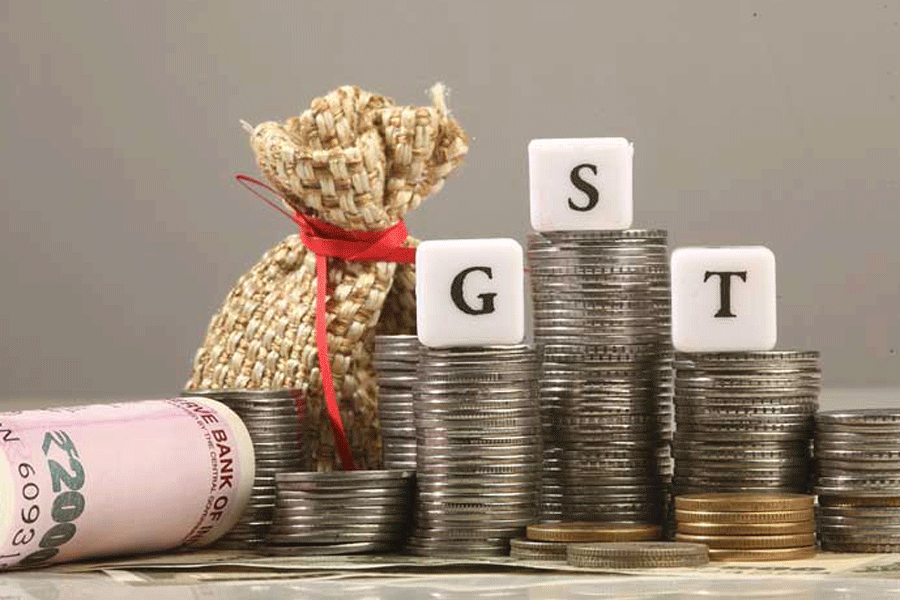It has been 12 years now that BMW has been operating in the Indian market. And after the initial setting-up and consolidation phases, it is now pushing for growth, says Hans-Christian Baertels, president (acting), BMW Group India. Following the launch of the company’s fourth-generation X5 SUV, he spoke with The Telegraph about the direction in which the luxury carmaker is going. Excerpts.
On BMW’s growth and growing the luxury car market:
Just look at the big picture. India has a luxury passenger car market of roughly 40,000 vehicles. And it has not been very different over the last four or five years. When I came in at the end of 2015, it was 36,000-37,000. And, of course, we had high hopes to be able to grow faster. In 2015 we sold about 6,500 BMWs plus or minus a few cars, and 10,500 last year. That’s a 68 per cent growth in a segment that moved roughly 10 per cent.
As to what can I do to grow the market, I can come up with really, really aspirational products, and the X5 is one of them. The X6, X4, 3GT, 6GT — these are cars that really wowed the public and that simply made a difference.
The other bet is obviously cost of ownership, what kind of customer experience do we create for the people coming into our showrooms or looking at us online, signing up for 360° financial contract services, and so on. All of this we are taking really seriously. Loyalising customers and being customer centric doesn’t pay off immediately. We come from a relatively low loyalisation level in India — people will buy a luxury car, not specifically a BMW. So loyalisation is something that you need to work on to stabilise the customer base and grow in the medium and the long term.
On 2019 being the biggest year for BMW India launches:
India is part of a global roadmap. X4, X5, Z4, X7, 7 Series, and so on are scheduled to be launched in 2019 as part of the this roadmap. And whatever it means to India we have to manage, like this changeover to Bharat VI is something we have to manage car by car, engine by engine. And even for motorcycles… it is sometimes very easy, there is no problem if the new engine is Bharat VI compliant. And if there is an issue we need to figure out when do we launch it and how.
On what the X models mean for BMW:
If you look at the various segments in terms of SUVs, sedans, station wagons and so on, X is definitely expected to grow. It has been growing quite significantly over the last 20 years and it is expected to contribute most of the growth in the future. And since we have created this segment in a way, for us this is a fantastic opportunity to leverage, to stay on the ball — the X5 is just amazing.
I think all of the X models kind of benefit from the X5. The X5 was the first statement in this segment. So it’s a very relevant product not just in terms of design but also functionality. Then there is the X4, a gorgeous car to look at that again is finding its customers very nicely. The X7 will again have totally different customer focus. But it’s a huge car. We looked at markets like Russia, the US and China when developing the car and they wanted at least that size.
On the X5’s most appealing features:
I like the looks of course. But the best thing for me is the air suspension. You push this car through a corner, it doesn’t roll, it doesn’t move much and feels like it’s going on rails. But if you take it off-road it will go steep uphill or downhill. It is amazing.
On the Reversing Assistant (it remembers the last 50m driven and assists by taking over the steering on the way out)?
I made three trips to Rajasthan and once I got stuck in Udaipur in a local market with cows and people and everything and I thought, “Oh my God, if only I could go back.” In that situation I think it is very useful. Depending on how good your driving skills are, it can really be the last resort to get out of trouble and it works miraculously. It’s really fantastic.
On rolling out electrics in India:
I don’t see a market today or tomorrow, but there will be a market the day after tomorrow. Technology will find itself to all markets and so to India also. We need to be ready. It’s just about being ready. We have a car (i3) which we have been selling for the last six years. The car is so much fun to drive. But the CBU would not find any customers because of its price. It’s very sophisticated and the technology would be pretty expensive. So we need to get electric cars into our local assembly structure. And now there will be electric vehicles coming in the next few years and we are in the process of finding out which are the most relevant products for India and how we can get it into local assembly. We need a critical mass for this to be a business case.
On continuing to launch diesel vehicles:
The trend of doing away with diesels is much more pronounced in the mass segment. I am not a trendsetter. I try to meet my customer expectations. In India, we are still selling close to 90 per cent of our cars with diesel engines. But this trend might change and we must be prepared, and we are. Every model that we have in local assembly has at least one petrol and one diesel engine. We can change over very easily from one to the other.
On hybrids in India:
We have many (in the global line-up) but who would buy them? There is a price premium to this technology. We have not done a business case. The volume is simply too small for us to consider.

